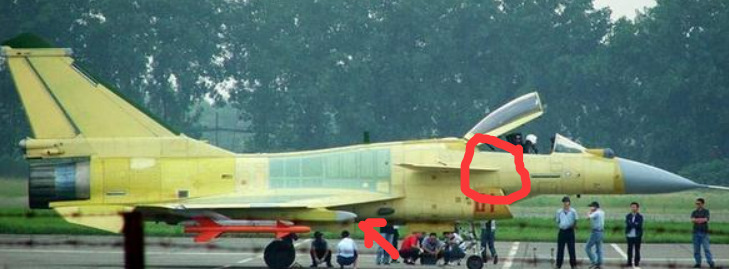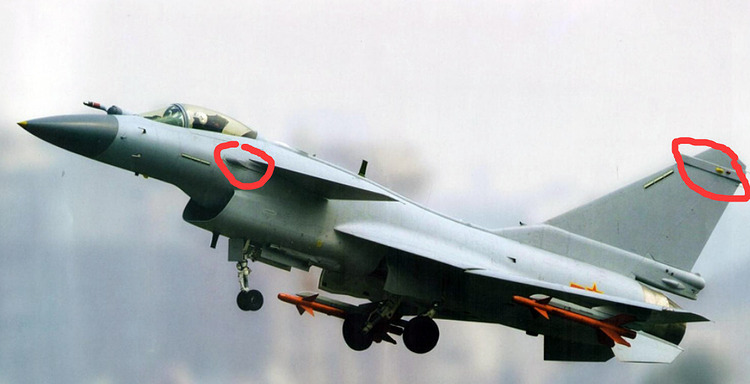the weight increase on J-10C is mainly because the addition of electronic devices including EW devices. some sources suggest that J-10C is the PLA’s best nonspecialized EW 4th gen plane.
You mean… like… any actual scientific paper on radar absorbent materials available online? They are always heavier than the lighter composites that could be used instead due to the need to use, well, radar absorbent materials instead of the optimal ones for weight and strength.
There is no evidence to support that the modern Russian avionics aren’t equally lighter in weight and yet their weight still went up… Unless China has magic materials that somehow cost less and weigh less than the Russian ones while simultaneously offering the same level of radar absorbing capacity…
I don’t think that is true because the weight of the J-10B and other airframes without this was also equally heavier.
Speaking of, do we even have a Weight for j10b? We know weight of j10ce from Pakistani brochure and there is conflicting information on j10a empty weight (different sources give around a 500 kg range), but I don’t think there’s any info on j10b weight. To me it seems j10b and c weight should essentially be the same due to them being essentially the same air frame
Not permissible for sharing on the forum
Regarding weight increases from J-10A to B/C variants: the J-10A was never as light as sometimes claimed, with its actual empty weight likely between 8,500-8,800 kg rather than the 8,300 kg shown in-game. Meanwhile, the final production model J-10B achieved internal integration of ECM pods (evidenced by prototype 01 photos showing external ECM equipment during early testing), while the J-10C features an enlarged radome housing additional liquid cooling systems for its AESA radar.

As for the J-11B, its failure to reach the projected 15.xx-ton empty weight—despite electronic upgrades and structural weight reduction—is largely attributable to internalizing the wingtip ECM pods previously carried externally on Su-27SKs, explaining why J-11Bs never display wingtip pods. Subsequent upgrades later introduced newer ECM systems mounted on underwing pylon stations.
So we’re going to pretend ECM systems are responsible for the weight gain. Absurd. The J-10B and C are nearly 1 ton heavier. Who ever heard of 1 ton of ECM equipment?
Even the E/A-18G dedicated EW variant of the Super Hornet is only around 500kg heavier than the original. Is China that far behind in electronic warfare equipment that it must take up twice the amount of weight?
What’s difference between su30mkk and mk2, just the radar?
The J-10B/C have strengthened wing structures aswell considering the B/C can carry YJ-91’s and KD-88’s unlike the 10A
It is heavier, but it has lost its gun, which weighs about 400 kg. So… 900kg on ECM equipment?
you also forgot this, big AESA radar with liquid cooling system, which is also much heavier than mechanical radar
Radar and Kh-31A addition
MK2 has also integrated Chinese missiles like the PL-12
So VEP radar and the missile that comes with it. Is m2 in Russian service the same thing but domestic?
Would that require a new radar?
pretty much yes
It requires some level of system integration. The SU-30MKK can’t use Chinese missiles
Su-30mkk also uses a different radar from the mk2
Yeah it does.
But i can’t answer if the PL-12 integration needs a new radar or if isn’t integrated to the MKK for other reasons as i have no idea
